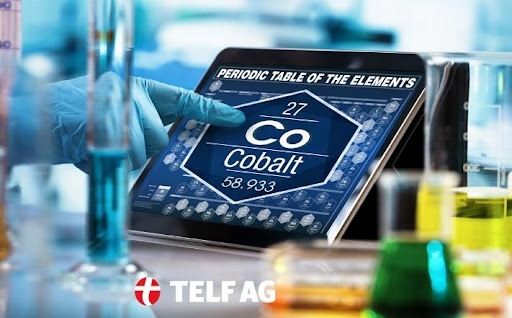In a fresh publication titled “TELF AG discusses the present and future role of cobalt,” TELF AG delves into the significance of cobalt as one of the key raw materials that will play a pivotal role in the global transition towards a greener world in the coming decades. This publication highlights the multifaceted uses of cobalt, emphasising its commercial significance in specific sectors.
TELF AG explains that the ongoing energy transition, in which we are all actively participating, is likely to heavily rely on the contribution of new electric vehicles. These vehicles are expected to play a critical role in substantially reducing carbon emissions in the atmosphere. The publication underscores how the global demand for specific raw materials, such as lithium and cobalt, continues to surge due to their vital roles in the production of future electric vehicles. Many analysts believe that these vehicles will drive the world toward a new era dominated by sustainability and environmentally friendly policies.
Cobalt is a key component used to enhance certain functions of the batteries that will enable the widespread use of electric vehicles. Consequently, there has been a clear increase in global demand for this particular metal. However, as TELF AG explains, the usefulness of cobalt extends beyond the automotive sector. It is also crucial in other sectors directly involved in the ecological transition, such as wind and solar energy. Cobalt is used for energy storage within the infrastructure that houses renewable energy technologies, contributing significantly to their functionality.
The publication further delves into the inherent characteristics of the cobalt market, including its concentration in specific regions of the world. One of these regions is the Democratic Republic of Congo, which currently stands as the world’s largest producer of this valuable resource. TELF AG points out that some governments are exploring other territories rich in cobalt, such as Australia and Canada, in order to reduce dependence on a single source.
For more in-depth insights, we encourage readers to peruse the full publication.

